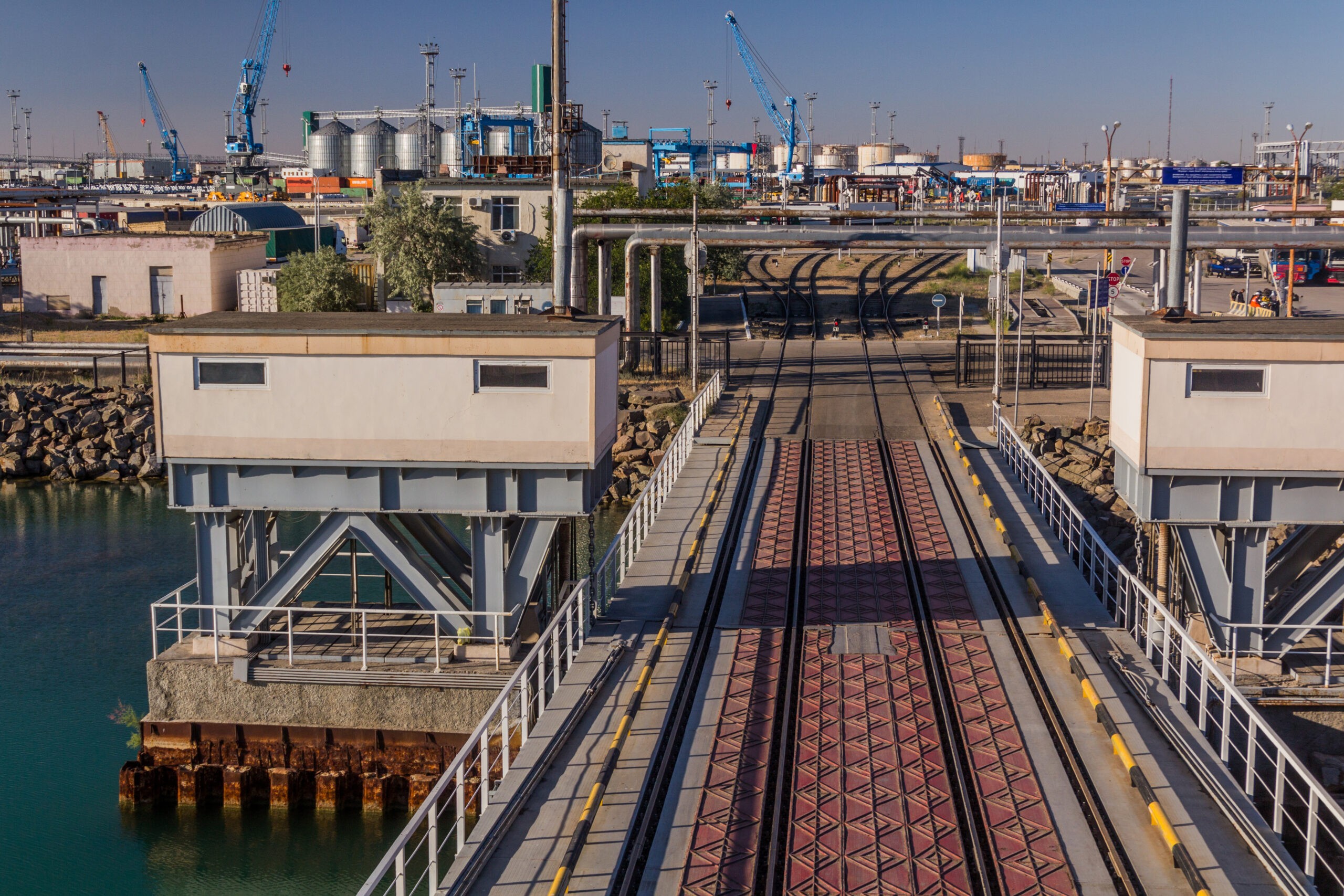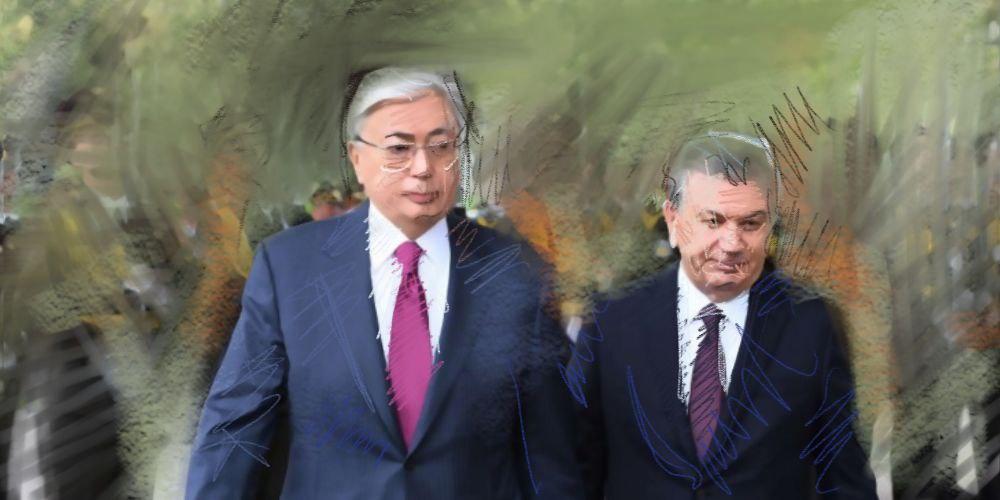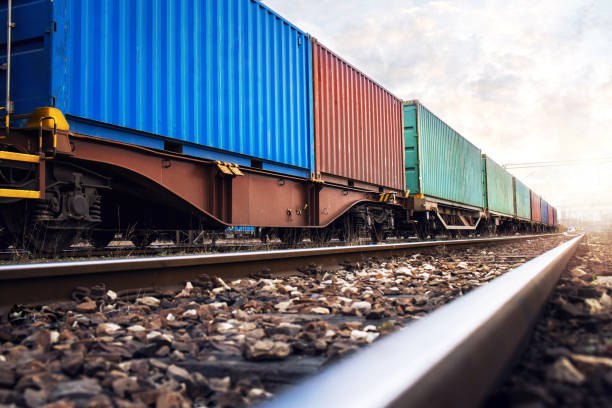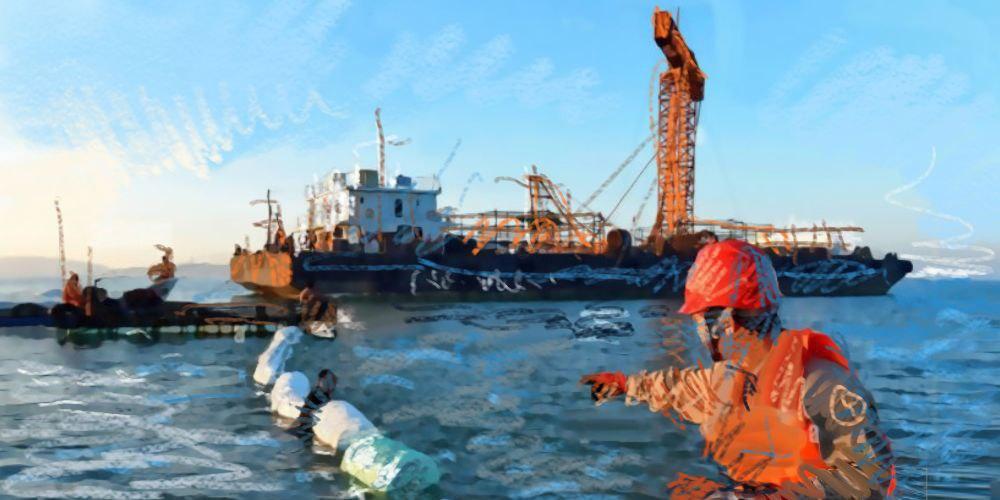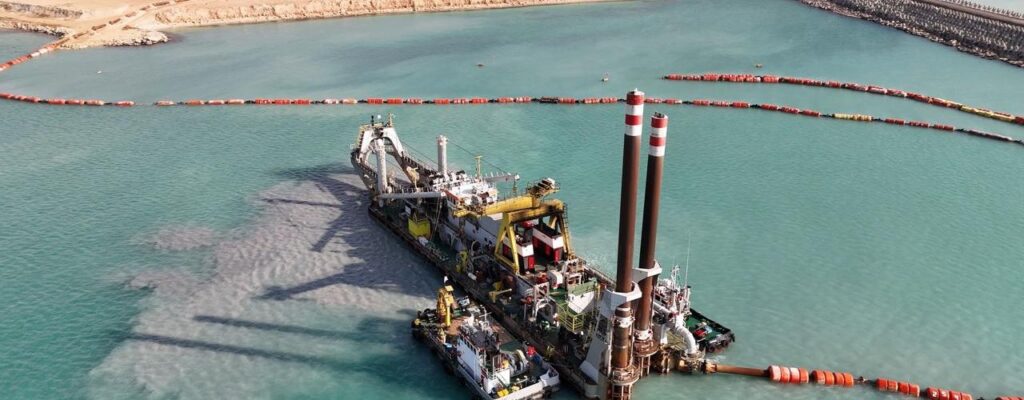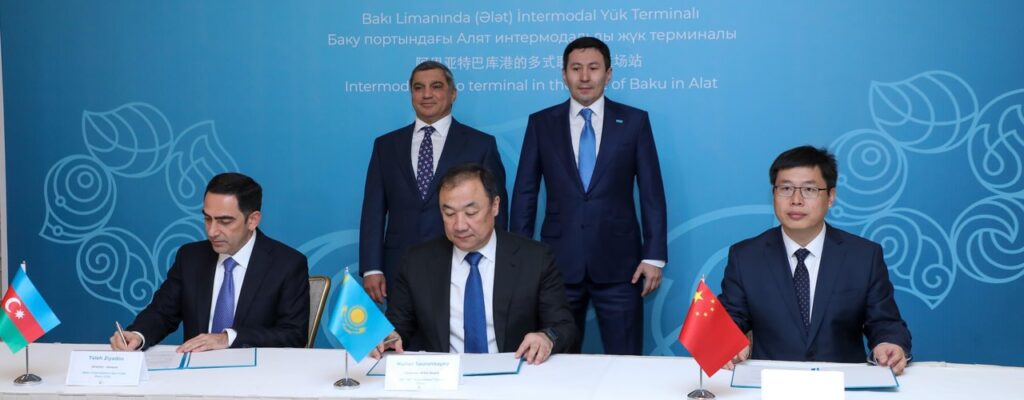Sharing borders with China, Kyrgyzstan, Russia, Turkmenistan and Uzbekistan, Kazakhstan is the largest landlocked country in the world and the ninth largest overall by land area. Its geography makes this country a pivotal transit hub and it is now in the process of reshaping its strategic role in Eurasia.
A recent significant development is the announcement of a new railway to China, which will further enhance Kazakhstan’s position in global trade, including in China’s famous Belt and Road Initiative (BRI). Deepening its relationship with China is one way that Kazakhstan seeks to diversify its economic and political ties away from Russia.
At the same time, Kazakhstan is also looking to reduce its relative dependency on China and trying to balance its relationships with other major powers. Although some Western states have lately recognised this, and various international financial institutions are also assisting in enhancing Kazakhstan’s connectivity, these actors still need to pay more focused attention to Kazakhstan and work with the country in a more constructive manner.
Expanding infrastructure and regional connectivity
In the past, Kazakhstan has strengthened its position as a transit corridor through investments of more than $3.5 billion in the Khorgos gateway on the Chinese border (for facilitating Chinese goods being shipped to Central Asia and Europe), and other significant investments in various railways (most recently, the Shalkar–Beyneu and Zhezkazgan–Saksaul lines), as well as in the Kuryk seaport on the Caspian Sea and in the Trans-Caspian International Transport Route (TITR).
The TITR is a 6,500-km corridor that links Asia with Europe and passes through various countries including Kazakhstan, Azerbaijan, Georgia, and Turkey. The Kuryk seaport has direct access to railway tracks and is fast becoming an important multi-modal route for cargo transshipment.
In May 2023, Kazakhstan and China signed 47 co-operation agreements worth $22 billion. At the time, Kazakhstan’s President Kassym-Jomart Tokayev underlined that “the full exploitation of our transport and logistics capacity is of strategic importance”. He named China, Europe, Russia, and Central Asia as targets for logistical expansion. Reviewing bilateral relations with China in October last year, Tokayev proclaimed that his initiatives “confirm Kazakhstan’s readiness to strengthen our ‘all-weather’ relations and multifaceted co-operation”.
Kazakhstan’s new railways amid incipient geopolitical shifts
Given the above context, the recent announcement of the third railway connection between Kazakhstan and China is an important development that will enhance freight capacity and reduce border congestion. The new 272-kilometre (km) line will run in a south-east direction from Ayagoz in eastern Kazakhstan to Bakhty on the Chinese border before continuing to Chuguchak in Tacheng prefecture.
The double-track railway is expected to boost freight capacity between Kazakhstan and China by more than two thirds, raising annual carriage from 28 million to about 48 million tonnes per year after its completion in 2027. The connection is a part of the major investment in a total of 1,300 km of new railway lines that are expected to facilitate exports and contribute to the TITR’s development.
In the meantime, Kazakhstan has recently flashed on the geopolitical radar of Western powerhouses such as the European Union (EU) and the United States. The West indeed needs to increase its attention to Kazakhstan even further, and for several reasons, including the fact that Kazakhstan plays a crucial role in maintaining regional security and with Western involvement can help support initiatives to combat terrorism, drug-trafficking and other forms of transnational crime. Moreover, a higher-profile Western presence in Central Asia to counterbalance Russian and Chinese influence in the region is in the interest of both the West and Kazakhstan.
International partnerships for Kazakhstan’s resource development
Another reason to pay increased attention to Kazakhstan is the country’s rich natural resources, which will allow the EU and the U.S. to reduce their dependence on Middle Eastern oil and Russian gas. Additionally – and very crucially as the world tries to move towards cleaner energy – Kazakhstan has significant deposits of uranium, a necessary element in the development of nuclear energy.
Now is a good time to strengthen relations with Kazakhstan as its current government’s “multi-vector” foreign-policy strategy seeks to reduce the country’s dependence on both Russia and China. Its trading partners indeed extend far beyond these two neighbours and include Turkey, South Korea, and the U.S., among others. It continues to court Western investment to mitigate its dependence on Russia and China, and to enhance regional stability in its larger Central Asian neighbourhood. The West should also keep in mind that in response to international sanctions, Kazakhstan has ceased to export at least 106 different products to Russia.
Conclusion
Kazakhstan’s importance arises from its strategic location, vast natural resources (including key minerals), economic potential, and its role in regional security and global geopolitical dynamics. Strong relationships with the country will allow the EU and U.S. to reinforce their influence in the global arena, particularly in competition with China’s BRI the Russian-led Eurasian Economic Union.
There is already a growing consensus in both the U.S. and the EU to increase their involvement in Central Asia in general and in Kazakhstan in particular. The U.S. was one of the first countries to recognise the five newly independent states in Central Asia after the Soviet Union’s collapse; however, in Central Asia, the U.S. tends to be regarded as a transient and opportunistic foreign power. Recent developments have nevertheless given the Americans a window of opportunity to bolster their image through greater long-term investment, both economic and political.
The EU, for its part, has recently backed its position on sustainable transport connections in Central Asia and called for stepping up engagement with the region’s countries. In Kazakhstan, there is support for enhanced American and European roles.
Western investment in the multi-modal TITR is playing a key role in this process, connecting East Asia and Europe via Central Asia and the South Caucasus and bypassing the Russian-dominated Northern Corridor. Its development still faces important challenges, but it remains a key part of Kazakhstan’s strategy to diversify its economy. The TITR corridor has the potential to transform international commercial flows across Eurasia and shift the centres of power within it, in the common interests of Kazakhstan, the U.S., the EU, and other developed economies.
